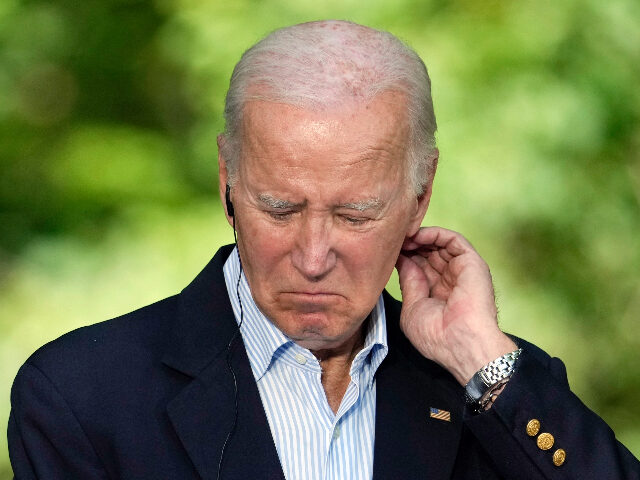The U.S. economy slouched toward stagnation in August, expanding at its weakest pace in six months, a key survey of business leaders indicated Wednesday.
The S&P Global flash composite output index—a preliminary reading of survey results that combines both the services and manufacturing sectors—dropped 1.6 points to 50.4 in August. Manufacturing fell back into contraction and growth in the services sector slumped to the weakest since February.
The survey indicates subdued customer demand across the economy. Total orders declined for the first time in six months, with orders falling for both U.S. manufacturers and service providers.
“A near-stalling of business activity in August raises doubts over the strength of US economic growth in the third quarter. The survey shows that the service sectorled acceleration of growth in the second quarter has faded, accompanied by a further fall in factory output,” Chris Williamson, chief business economist at S&P Global Market Intelligence, said in a statement that accompanied the report.
At the same time, inflationary pressures were showing renewed strength on the costs to businesses to produce goods and services. The rate of input price inflation picked up in July thanks to rising prices of fuel and raw materials and higher labor costs. The effect on selling prices, however, was muted by efforts to remain competitive and drive sales.
Chris Williamson said:
“Companies report that demand is looking increasingly lethargic in the face of high prices and rising interest rates. A resultant fall in new orders received by firms in August could tip output into contraction in September as firms adjust operating capacity in line with the deteriorating demand environment. Hiring could likewise soon turn into job shedding in the coming months after a near-stagnation of employment in August.
Rising wage pressures as well as increased energy prices have meanwhile pushed input cost inflation higher, which will raise concerns over the stickiness of consumer price inflation in the months ahead. One upside is that weak demand is starting to limit pricing power, which should help keep a lid on inflation around the 3% mark.”
The report suggests that consumer spending—one of the key sources of strength for the economy this year—may be softening.
Weak economic conditions around the world are also hurting demand for U.S. goods and services.
“Muted demand from key export markets, especially Europe, led to a renewed decrease in new export orders in August. The fall in foreign client demand extends the trend of contraction seen since June 2022 which was only broken briefly by a marginal expansion in July. The export drop was primarily driven by manufacturers, as service providers registered a slower expansion,” the report said.
The outlook turned brighter, although confidence remains below the long-term average. The boost in optimism was attributable to hopes of stabilization in interest rates, expectations that demand will pick up, and a moderation in price pressures.

COMMENTS
Please let us know if you're having issues with commenting.